Entry Category: Arts - Starting with R
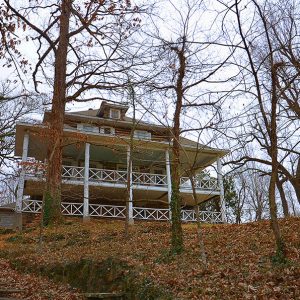 Rabbit Foot Lodge
Rabbit Foot Lodge
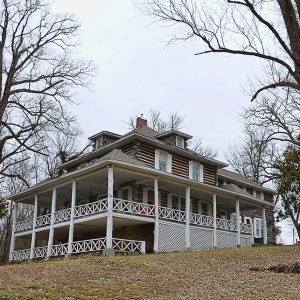 Rabbit Foot Lodge
Rabbit Foot Lodge
Rackensack Folklore Society
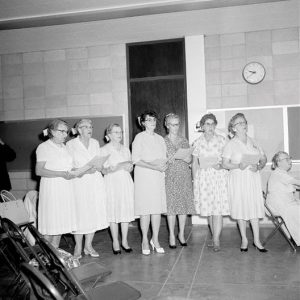 Rackensack Folklore Society
Rackensack Folklore Society
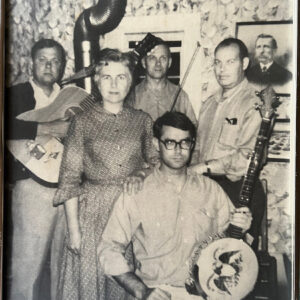 Rackensack Folklore Society, Pulaski County
Rackensack Folklore Society, Pulaski County
Rackensack Folklore Society, Pulaski County
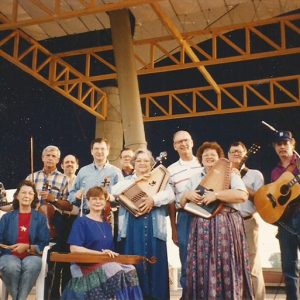 Rackensack Members
Rackensack Members
Ragon, Imogene McConnell
Randolph County Courthouse
 Wayne Raney Songbook
Wayne Raney Songbook
 Wayne Raney Sheet Music
Wayne Raney Sheet Music
Raney, Wayne
Ray Winder Field
Raye, Collin
aka: Floyd Elliott Wray
 Razorback Statue
Razorback Statue
Reeves-Melson House
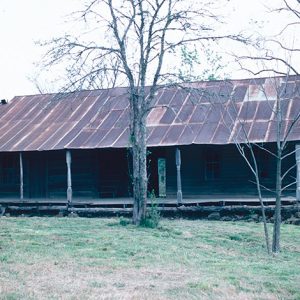 Reeves-Melson House
Reeves-Melson House
 Reflections by Gerald Arpino
Reflections by Gerald Arpino
Rialto Theater (El Dorado)
Rice, Jenny Eakin Delony
aka: Jenny Delony
aka: Jenny Meyrowitz
Rice, Wilburn Steven (Bill)
 Charlie Rich Music
Charlie Rich Music
Rich, Charlie
 Richard III
Richard III
 Richard Sheppard Arnold Courthouse
Richard Sheppard Arnold Courthouse
Riddle, Almeda James
Riedel, Teddy DeLano
aka: Teddy Redell
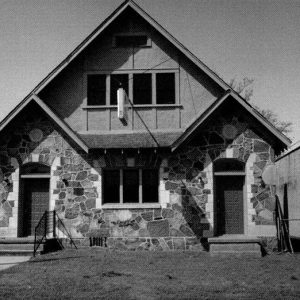 Riggs-Hamilton American Legion Post 20
Riggs-Hamilton American Legion Post 20
Riggs-Hamilton American Legion Post 20
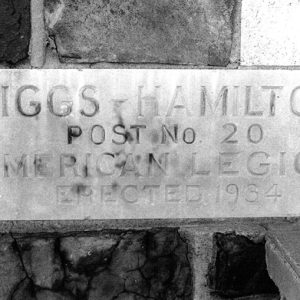 Riggs-Hamilton Legion Post Cornerstone
Riggs-Hamilton Legion Post Cornerstone
Riley, Billy Lee
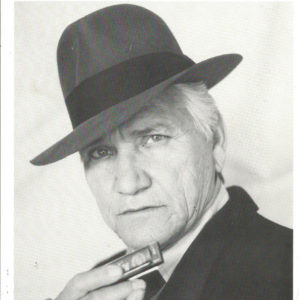 Billy Lee Riley
Billy Lee Riley
Rimrock Records
 Rimrock Records Sign
Rimrock Records Sign
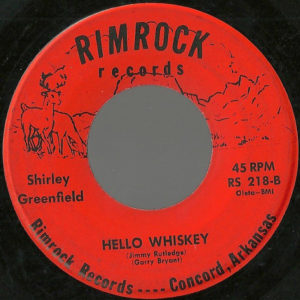 Rimrock Record
Rimrock Record
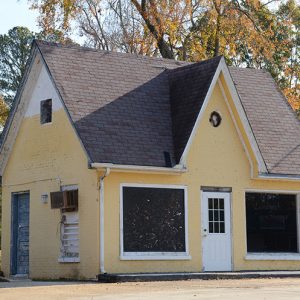 Rison Cities Service Station
Rison Cities Service Station
Rison Cities Service Station
Rison Texaco Service Station
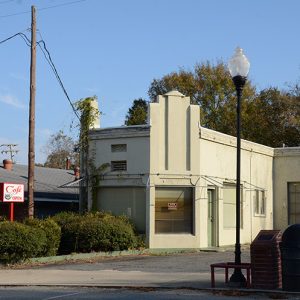 Rison Texaco Service Station
Rison Texaco Service Station
River Valley Arts Center
Riverfest Arts and Music Festival
Rivers, Diana
Rivers, Sam
 Riviera Hotel
Riviera Hotel
Robertson, Thomas Arthur
Robes of Splendor
aka: Robes of the Three Villages
aka: Three Villages Robe
aka: Buffalo Dancers Robe
 Robinson Center Cornerstone
Robinson Center Cornerstone
Robinson Center Music Hall
aka: Joseph Taylor Robinson Memorial Auditorium
aka: Robinson Auditorium
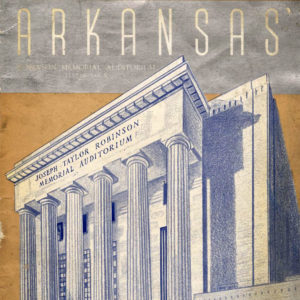 Robinson Grand Opening
Robinson Grand Opening




